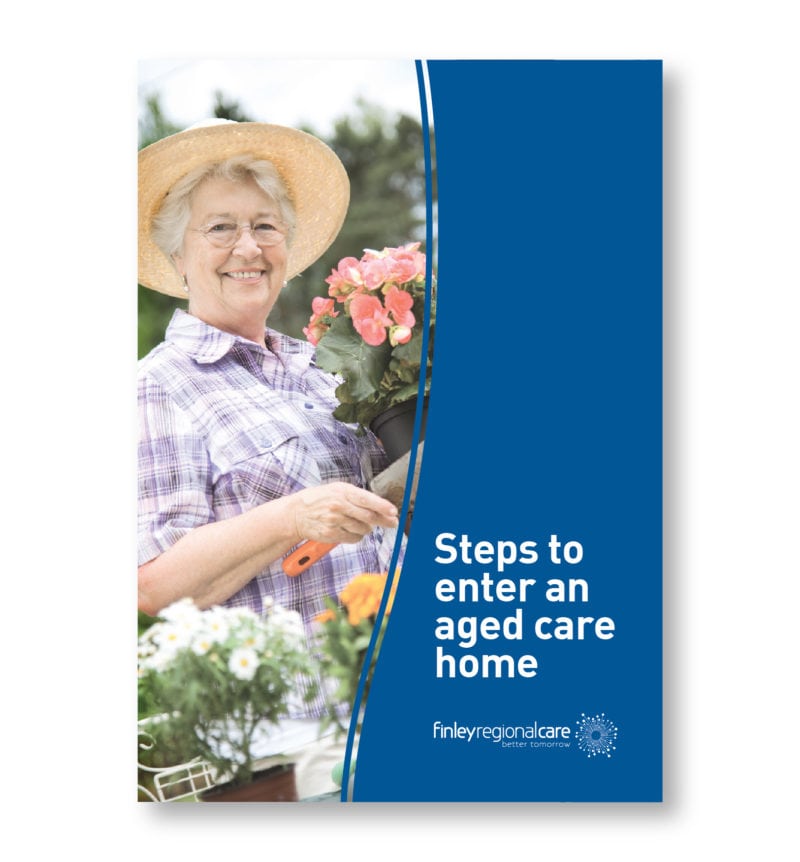‘Exercise snacking’ is a revolutionary new approach to health and fitness that could radically improve the way older Australians exercise and look after their health.
Nowadays, with the benefits of exercise so well known, exercise is considered a wonder drug for older people.
The benefits of exercise
The benefits of exercise include:
- Prevention of many diseases and chronic conditions
- Healthier heart
- Stronger bones
- Weight loss
- Increased life expectancy
- Better quality of life
- Improved memory and cognitive function
- Quicker and easier healing and recovery from injury or illness
- Improved stability, mobility and balance
- Improved mood
- The alleviation of depressive symptoms
- Increased social engagement
- Decreased risk of falls
- Greater independence
If you don’t exercise, you can expect to experience at least some of these problems:
- Increased body fat
- Increased blood pressure
- Increased risk of a wide range of diseases (such as cardiovascular disease, diabetes, osteoporosis, strokes and some cancers)
- Increased chance of falls and injuries
- Reduced bone and muscle strength
- Reduced cardiovascular and respiratory function
- Reduced balance, coordination, mobility and joint flexibility
- Reduced independence
Finding time to exercise can be a problem
Many of us find it challenging to fit in the required amount of exercise and movement we know we need for good health. The benefits of exercise are well known, but many of us blame being too busy, tired, sick, out-of-shape or just too old for our lack of regular exercise. Just one in ten Australians aged over 50 does any regular exercise – a statistic that has enormous negative consequences for our collective health as a nation.
The guidelines from the Australian Department of Health recommend at least 30 minutes of moderate intensity physical activity on most, or preferably all, days. The Department believes that “Older people should do some form of physical activity, no matter what their age, weight, health problems or abilities. Older people should be active every day in as many ways as possible, doing a range of physical activities that incorporate fitness, strength, balance and flexibility.” You can read the full guidelines for older Australians aged over 65 here.
Is exercise snacking the answer?
Exercise snacking involves doing short bursts of physical activity at different times throughout the day, rather than trying to get all your exercise requirements in at once. Instead of one big workout a day, you can instead choose to do multiple small amounts of activity over the course of a day. It all adds up to enhance your quality of life, with research showing that even minimal doses of exercise snacking can improve functionality and strength in older people.
It’s a great mindset change for those who don’t have much time, energy, motivation or ability to exercise – because you only have to do it for a short amount of time. If doing a 30-minute workout feels too hard, you’re unlikely to get started at all. However, going for a 10-minute walk around the block, or doing five minutes of stair climbing or sit-to-stands from a chair is going to feel a lot more achievable. Research into exercise snacking has shown that people were more likely to stick to their commitment to exercise once it was broken down into bite-sized intervals – and it was thus more likely to have a positive impact on their health.
Even small amounts of daily exercise can create very positive results when undertaken consistently.
How to get started with exercise snacking
The most important thing to keep in mind is not to rush the process of starting an exercise regime, especially if you haven’t exercised regularly for a while. Trying too much too soon can potentially lead to muscle soreness, injury, burn-out and loss of motivation. It’s far better to start small and slow and gradually build up your activity levels until you hit the exercise recommendations.
If you have health or mobility issues, or haven’t exercised in a long time, consult your doctor before starting an exercise program. You can also access specific help from an exercise physiologist, who will be able to design an exercise program for you and help you learn and maintain correct form so that you don’t get injured.
It also helps to find a type of exercise that you will enjoy – although with exercise snacking that’s not so important. You may not really enjoy doing squats, but you know it will help your strength, coordination and balance – and you can tolerate it if you know you only have to do it for five minutes. Going to the gym to do strength exercises might seem daunting, but standing up and sitting down in your chair for five minutes is much more palatable – and still has benefits.
Here at Finley Regional Care, we recognise the importance of exercise, and encourage our residents to be active as often as possible. We’ve even created an onsite gym that our residents can use to help them maintain and increase their mobility, strength and balance and reduce their risk of experiencing a fall. You can find out more about FRC here.
Click here to read more about preserving your balance as you get older and here to discover how to safely start or return to exercise as you get older.


 Respite Care – could you benefit?
Respite Care – could you benefit?
